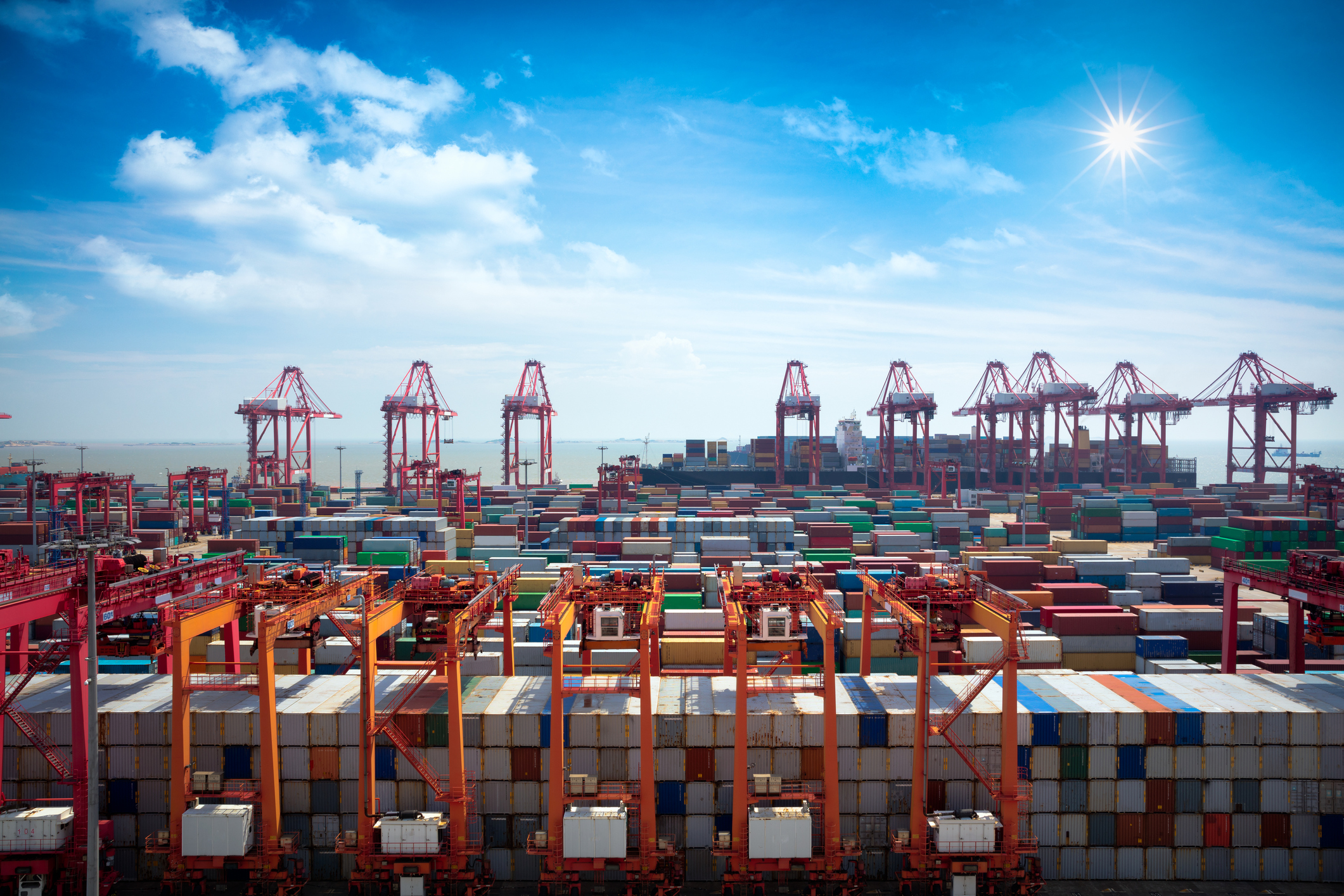
Scholar examines the distinctive challenges and responsibilities confronting regulators.
No less than doctors, scientists, or firefighters, regulators work “on the front lines of human welfare,” where lives are on the line and one bad decision can have serious consequences.
But according to Cary Coglianese, the editor of the recent book, Achieving Regulatory Excellence, the business of regulating is even more challenging than other lines of professional work.
What is it about what regulators do—and the environment in which they operate—that makes achieving excellence so difficult?
Coglianese, a professor at the University of Pennsylvania Law School and the director of the Penn Program on Regulation, explains in his introduction to Achieving Regulatory Excellence that regulators face varied and competing pressures, high public expectations, a need to maintain effective relationships with industry, and often unclear guidance from legislators. Moreover, with the advent of social media and an increasingly polarized political climate around the world, regulators are being “watched more closely by a demanding public as well as by industry, nongovernmental organizations, legislators, and courts.”
Moreover, the problems that regulators face are just plain hard. Agencies are tasked with managing ground-breaking scientific and technological advances as well as “reducing threats to public health, avoiding environmental damage, and preventing financial calamities.” Indeed, Coglianese observes that the problems assigned to regulatory agencies “are almost by definition” problems that legislators and markets cannot solve on their own. And the entities that agencies regulate—often businesses—are “themselves large complex organizations” that “operate in a competitive market environment.”
Regulators do many things, Coglianese explains. Although they exist “to solve problems by implementing and enforcing laws or policies” to influence the behavior of the public and industry, they operate at both national and subnational levels while also interacting on the international stage. They come in many shapes and sizes too—including entities as diverse as the U.S. Food and Drug Administration, the Alberta Energy Regulator in Canada, and the Civil Aviation Authority in the United Kingdom.
Although different regulatory authorities have different missions, everywhere they work to create, issue, and enforce regulations—that is, rules “backed up by consequences.” To ensure that private actors comply with their rules, regulators conduct inspections and monitor activity. And when those entities that are subject to regulation fail to comply, regulators take actions ranging from “affirmatively helping the noncompliant entities come into compliance to punitively taking enforcement actions and imposing fines.”
But Coglianese explains that regulators are not just “rule appliers and rule enforcers.” What they really do is solve problems—by educating, resolving disputes, subsidizing desirable activity, conducting needed research, and providing better information to the industries they regulate and to the public.
Coglianese presents three different conceptions of regulatory excellence—one each that focuses on a regulator’s traits, actions, and outcomes.
The traits conception of regulatory excellence focuses on a regulator’s “tendencies, values, and resources.” For example, an agency might possess the traits of credibility and honesty.
An actions conception of excellence, by contrast, is concerned with the agency’s rules, inspections, issuance of violations, and other work. A successful agency will have actions that are “reasonable” and “evidence-based,” for instance.
Finally, an outcomes conception of regulatory excellence focuses on what the regulator actually achieves—such as attainment of a safer and more productive economy. In other words, how well is the regulator doing in solving the problems it has been established to solve?
In addition to substantive outcomes, procedural outcomes also matter, argues Coglianese. These outcomes include the “legitimacy, credibility, and trustworthiness” of the regulatory organization, and they may be enhanced by effective, inclusive public meetings that build the public’s confidence in the regulatory organization.
Of course, agencies’ outcomes, actions, and traits are closely related to and affect one another. Because of this close interaction, Coglianese explains that to “create and sustain excellence, regulatory leaders must build and maintain an organization that fosters the kinds of regulatory and operational actions that lead consistently to superior performance.”
Although technical competence is unquestionably important, Coglianese explains that regulators also need to master what he calls “people excellence”—that is, regulators “need to possess and sustain an internal culture that fosters and reinforces humility, openness, empathy, and a steadfast commitment to public.” Such “people excellence” is vital, he explains, because regulators typically do not solve problems themselves—rather, they must work with and through regulated industries and the public to achieve their missions.
Coglianese explains that regulators’ success ultimately hinges on “the choices and actions of” those they regulate. As a result, a regulator’s excellence depends on the behavior and performance of those outside the regulatory organization, which makes excellence much more difficult for regulatory officials to attain than for other professionals.
In addition, regulators are also typically tasked with solving problems that “present value tradeoffs,” such as obtaining safety and other kinds of public protections while not impeding economic activity.
Coglianese asserts that these features of regulation “make the attainment of regulatory excellence different from, and often much more difficult than, excellence in other domains.” The presence of so many external factors that impinge on what regulators do—public expectations, legislatively determined resources, and the actions of regulated firms—constrain and impede regulators, making the achievement of excellence in regulation qualitatively different than excellence in other domains.
Regulators’ demanding missions and constrained operating environments realistically mean that they cannot always attain their desired outcomes. In other words, Coglianese argues, they must accept that “regulatory excellence is not the same as perfection.”
This essay is part of a ten-part series, entitled In Pursuit of Regulatory Excellence.



